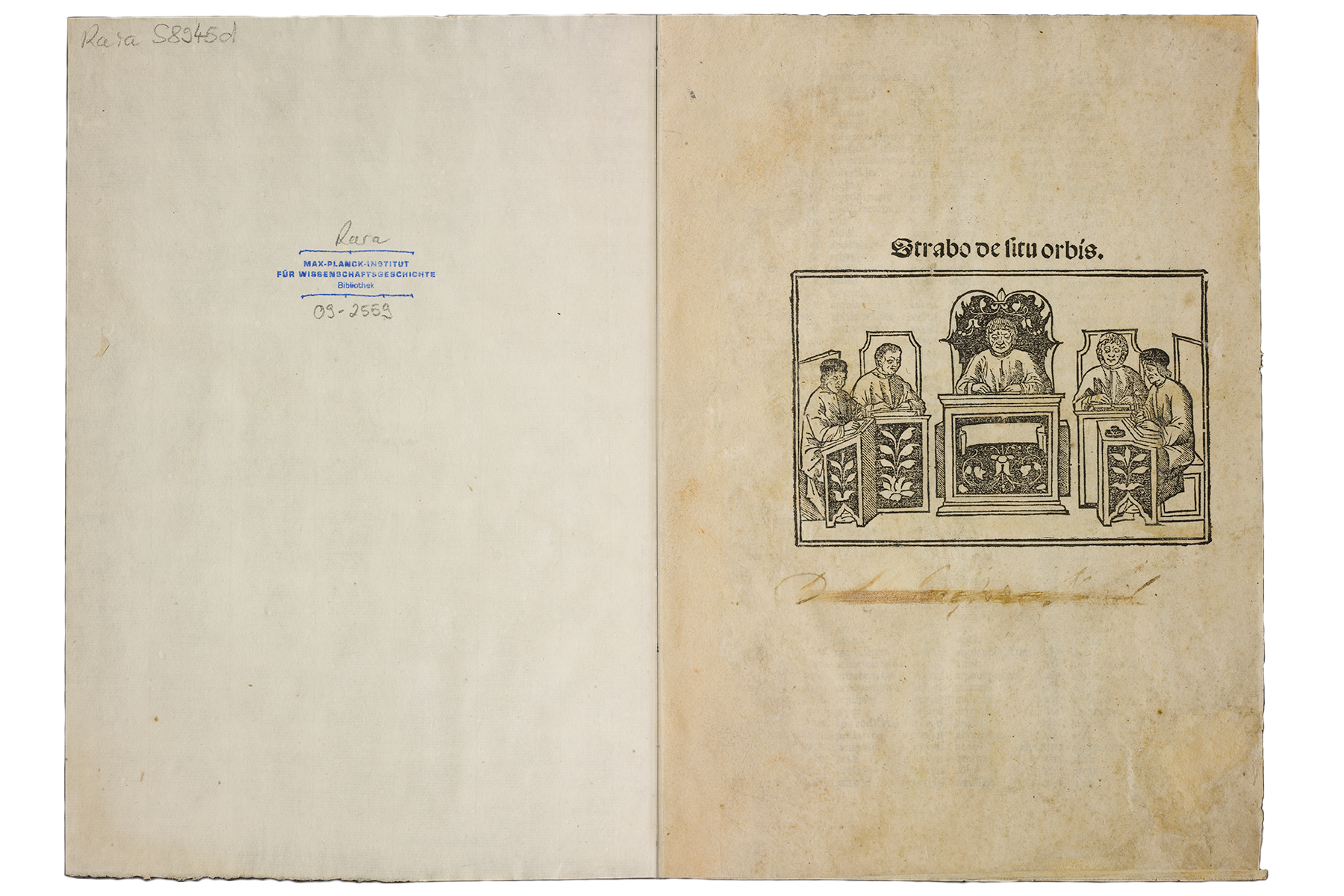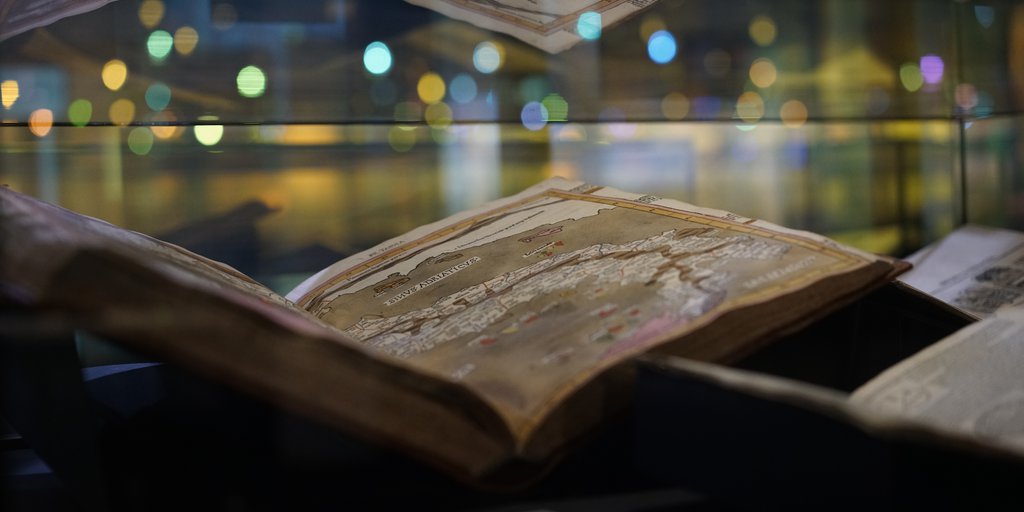
The World, Great and Small <
The ancients called man a world in miniature, and that is well-said, because indeed man is made of earth, water, air, and fire, and thus his body is like the Earth. Just as man has bones as a support and framework for his flesh,
so the world has stone to support the Earth …
Leonardo da Vinci
Paris MS A, fol. 55v. Translation: Amanda DeMarco
Visual arts, science, and technology were closely intertwined in 15th-century Italy. At the same time, the individual disciplines were part of the evolution of a more comprehensive worldview and the intensive exploration of the relationship between the macrocosm and the microcosm.
The worldview at large continued to rely on the geocentric tradition handed down from antiquity, with the Earth as the center of the universe surrounded by different hierarchically arranged spheres, from the sphere of water to the sphere of the fixed stars. The steady growth of knowledge, due not least to the geographical insights gained by voyages of discovery, increasingly called this view into question. In addition, intensified studies of nature in general and of the human body in particular, expanded knowledge of the world on the small scale.
It was hoped that this would lead not only to advances in science, medicine, and artistic representation, but also to a deeper understanding of the fundamental principles of life. The quest for such knowledge of nature was a central motif in Leonardo da Vinci’s creative work. The rapid development of printing continually increased the knowledge sources available to the artist-scientist, facilitating his search for an integrative worldview. At the same time, he was able to help shape this worldview through his own contributions: on a small scale through his analytical studies of the human body, and on a large scale through maps and depictions of astronomical phenomena.
Leonardo's Berlin Library: Section 9 <
- 89.
De situ orbis
Translated by Guarinus Veronensis and Gregorius de Tipherno Venice: Philippo Pincio, 1510
- 90.
Cosmographia
Edited by Nicolaus Germanus and translated by Jacobus Angelus.
- 91.
Alexandri Aphrodisiensis maximi peripatetici, In quatuor libros
meteorologicorum Aristotelis, commentatio lucidissima,
Alexandro Piccolomineo interpreteVenice: Scotus, 1548
- 92.
Sphaerae mundi compendium foeliciter inchoat
Venice: Octavianus Scotus, 1490
- 93.
Vier Bücher von menschlicher Proportion
Nuremberg: Hieronymus Andreae, 1528
 | 89.
De situ orbis Translated by Guarinus Veronensis and Gregorius de Tipherno Venice: Philippo Pincio, 1510 |

The Geographia by Strabo (63 BCE–23 CE) is a description in 17 books of the known world of the time—from the Mediterranean area to Africa and parts of Asia, and on to Britain. Unlike Ptolemy’s mathematically oriented Cosmographia (90 ■), it contains no maps and is entirely text-based, with extensive geological, ethnographical, and historical explanations. Although it is not mentioned in Leonardo’s book lists, some of his ideas about the geology of the Mediterranean region in the Codex Leicester derive from the Geographia. The title page emphasizes the authority of the ancient geographers with an update: it shows a typical academic scene from the 15th century with Strabo as the instructor at the lectern, surrounded by keen students taking notes.
References
Engels, Johannes. 1998. “Die strabonische Kulturgeographie in der Tradition der antiken geographischen Schriften und ihre Bedeutung für die antike Kartographie.” Orbis Terrarum 4: 63–114.
Lazzi, Giovanna. 2008. “Nel segno del Capricorno dal Tolomeo di Lorenzo al Cosmo di Cosimo.” In I Medici e le scienze. Strumenti e macchine nelle collezioni granducali, edited by Filippo Camerota and Mara Miniati. Florence: Giunti, 91–94.
Radt, Stefan, ed. 2002–2011. Strabons “Geographika,” mit Übers. und Kommentar. 10 vols. Göttingen: Vandenhoeck & Ruprecht.
Roller, Duane W. 2018. A Historical and Topographical Guide to the Geography of Strabo. Cambridge / New York: Cambridge University Press.








